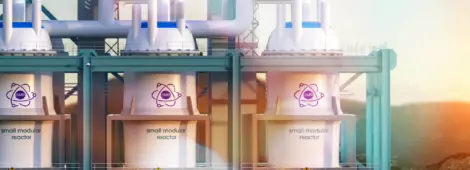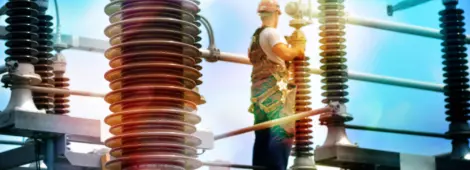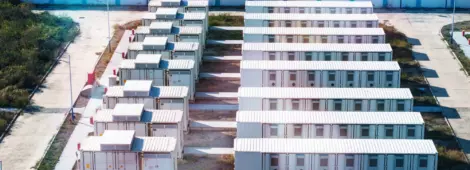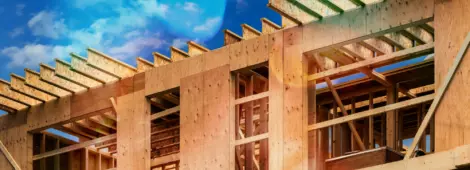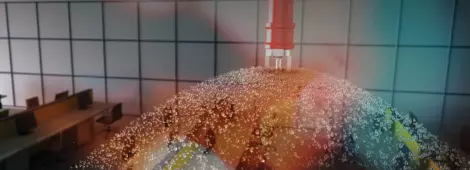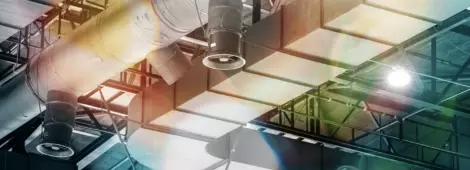
Texas Snowstorm: Recovering from Frozen + Burst Pipes
by Steve Dellasanta
The historic snowstorm that hit Texas in mid-February left millions without heat, water and electricity. A state of emergency was declared after residents saw freezing temperatures of 0°F (-18°C) — the coldest it’s been in more than 30 years. While the cold temperatures have now abated, the fact remains that many people have seen their residential and commercial properties suffer damage because of the cold.
The most common type of failure we’ve seen are frozen and burst pipes. That’s likely due to installations using traditional wet-pipe design methodologies which failed. Many homes and businesses in Texas aren’t insulated for extreme cold nor do they have generators to operate heating systems when the power grid fails. Even with generator back-up, traditional wet-pipe systems in non-occupied spaces, such as attics may not provide enough freeze protection for every situation — as we have just seen with the recent cold snap.
Although traditional wet-pipe protection schemes have been the standard practice, I expect the burden of these losses will convince many to take a closer look at making their systems more robust, where feasible by installing dry-pipe, pre-action or anti-freeze systems.
Next Steps
When natural disasters or ‘freak storms’ cause major damage, there is a huge surge in a specific type of claim, depending on the damage caused. In this instance, the Insurance Council of Texas, a non-profit trade association, have said that the number of claims due to frozen and burst pipes will be “unlike any event the state has experienced.” And as climate change contributes to extreme weather — like snowstorms in Texas – premiums will increase and demands for a more resilient infrastructure will become louder.
These events are opportunities for building owners to go beyond the traditional means of fire protection design and provide or modify sprinkler systems to tolerate temperature extremes. While Texans recover, it will also be critical to look at current sprinkler systems to see where we can install or incorporate additional prevention measures to avoid a potential future loss. Having an experienced eye to determine where improvements can be made can save a lot of pain, time and money in the long run.


